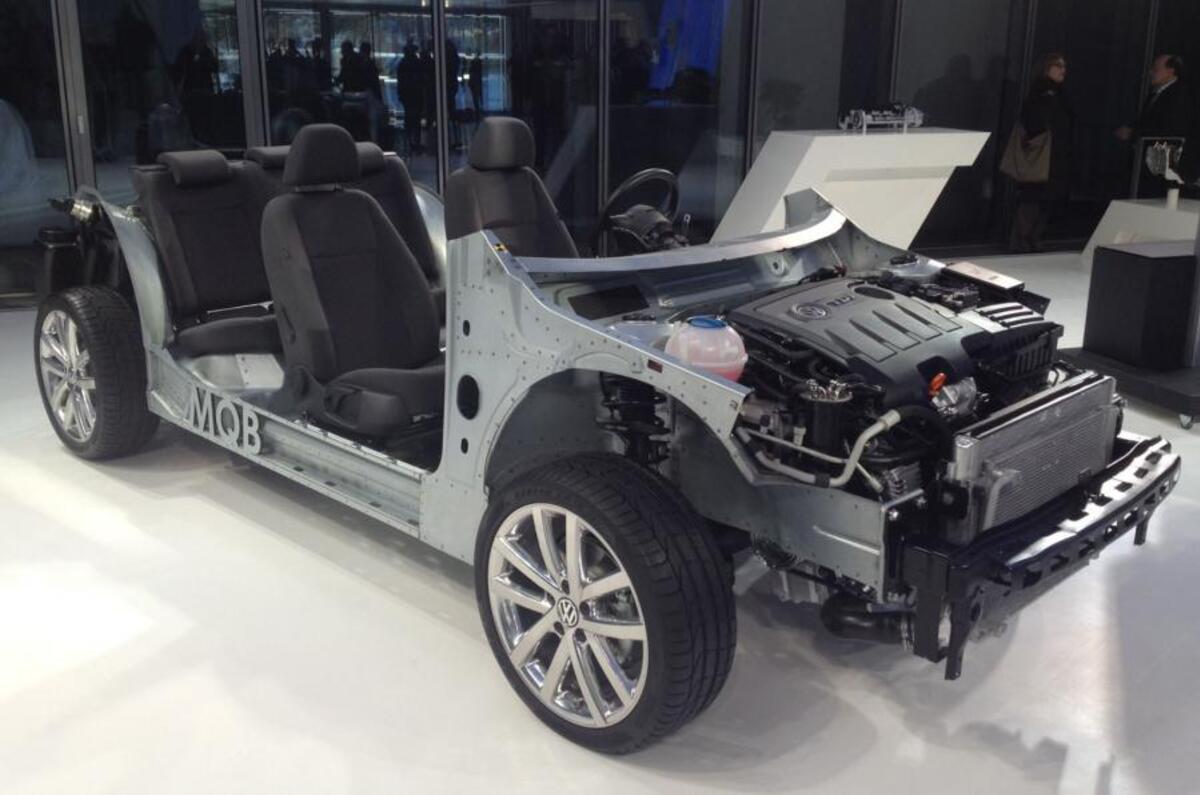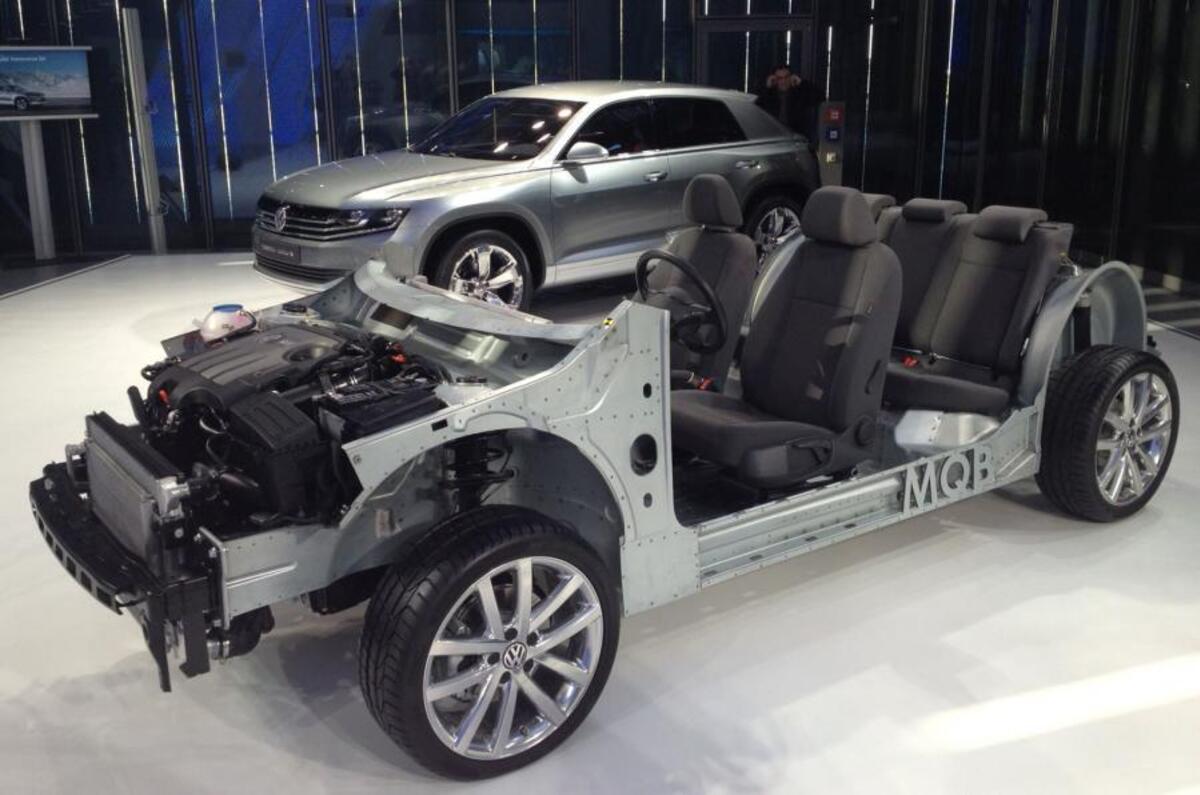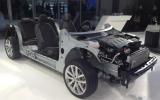Is anybody old enough to remember the phrase ‘light-off’? That’s nothing to do with the clocks going back, but it became a much-used line in the car industry a couple of decades ago.
‘Fast light-off’ referred to the amount of time it took for a then-new catalytic convertor to warm up sufficiently to clean up the pollution emitted by an engine, particularly when the engine was still cold.
The problem was that catalysts had to be reverse-engineered into existing cars and that wasn’t always easy. The first cats were simply fitted into the exhaust system, because there was usually some wriggle room in a car’s centre tunnel to house what looked like a big silencer box.
That was not the ideal position for the cat, which needs to warm up quickly. The best place for it was up near the engine manifold. But such a major bit of re-engineering and packaging usually has to wait until a car maker can incorporate the changes when a new generation of engine arrives. And that’s something that can take years.
The introduction of the first serious pollution laws in the European Union in the early 1990s meant catalysts had to be fitted to all petrol cars. Because most mass-market cars also still used carburettors, it meant a wholesale switch to fuel injection.
Some cars were sold that tried to combine carbs and cats. I remember driving a Citroën ZX which had this hopeless combination; the carb had to be set to run lean, but that meant starting when the engine was warm was nearly impossible.
That ZX was an lesson in the difficulty of keeping up with legislation when platforms and engines can have design lives of a decade or more.
The same issue arose later with Diesel Particulate Filters (DPFs). Introduced to meet new EU pollution regulations they had, like the cats, to be retro-engineered into the downstream part of the exhaust system.
However this caused no end of problems (especially in the UK’s stop-start conditions). This was because the DPFs would fill with up with soot, but the downstream exhaust - when used in city traffic - was not hot enough to re-burn the soot and release it. Only a blast on the motorway would clear the DPF out.
Blocked DPFs were quite common, with cars dropping into limp-home mode when the DPF was full. Repeated blockages could kill the DPF, leading to a big garage bill.
Today, just as with the catalytic convertors, the DPFs have been moved up the exhaust, close to the engine manifold. But again, that’s a move that usually had to wait for a new generation engine family to be introduced.
By now, you’ve probably already guessed that there’s likely to be a similar reason behind Volkswagen’s diesel cheat.
In the middle of the last decade the EA189 engine was being prepared and VW was switching from Pumpe Düse (or unit injector) to the more refined ‘common-rail’ diesel injection used by rivals. The company was also basing its transverse-engine car models on the PQ35 platform.
I’m guessing here, but I think that the decision to sell the EA189 diesel engine in the US meant that it needed to an use AdBlue urea injection to meet strict US clean air regulations.
Problem was that, unlike the previous cat and DPF fixes, a big AdBlue tank and the exhaust injection system just could not be ‘made to fit’ on the PQ35 platform without expensive re-engineering. The factory cost of an AdBlue system would also have been very high for middle-range models such as the US Jetta and Passat.
The upshot was that senior management’s determination to drive diesel sales in the US met head on with the fact that the unmodified PQ35 platform could not accommodate a serious ‘clean diesel’ transmission.
If you want evidence of how an AdBlue system has to be engineered in from first principles - especially on compact cars -the size of the urea tank on the VW MQB platform will provide it. There was no way it could have been retro-fitted to the architecture underpinning the Mk5 Golf family.
Common sense would have suggested that VW would have to hold off on diesel sales in the US until the MQB-based VWs arrived in 2013. And that would have hardly been a big financial issue, considering how small the brand’s market share was in North America.
So whoever it was at VW that decided to insist on American diesel sales in the face of the clear engineering hurdles has probably made one of the costliest decisions in corporate history.







Join the debate
Add your comment
AdBlue Tank - Golf 5
Surely plenty of other
The pollution limits keep